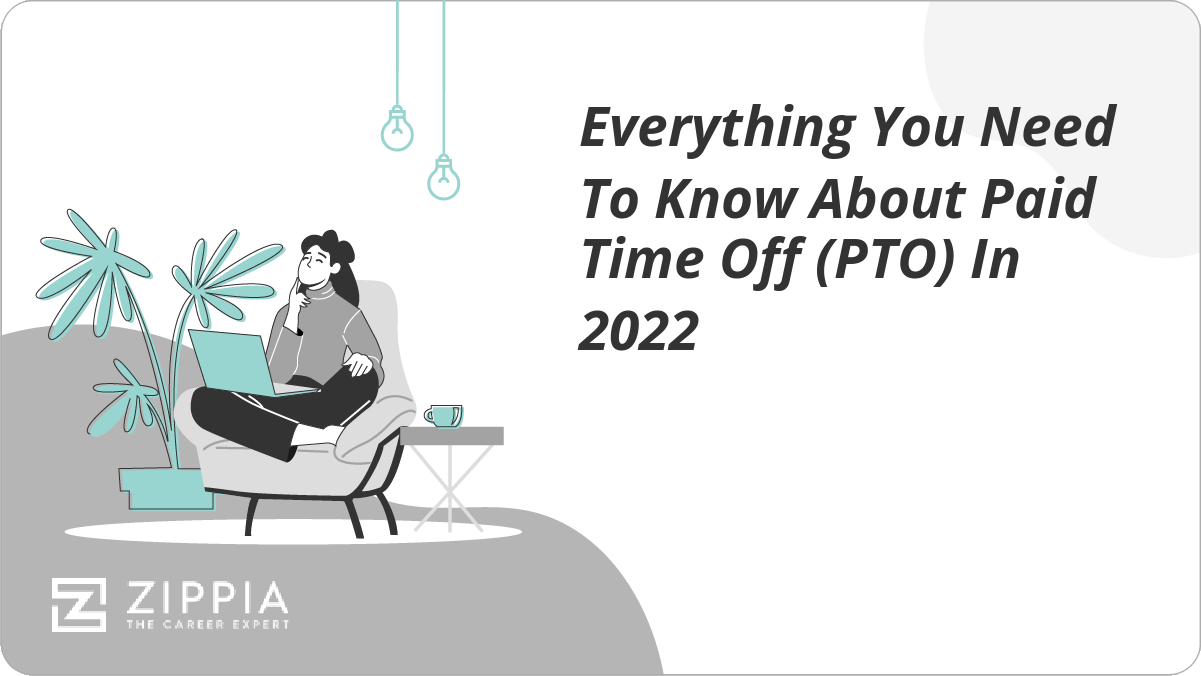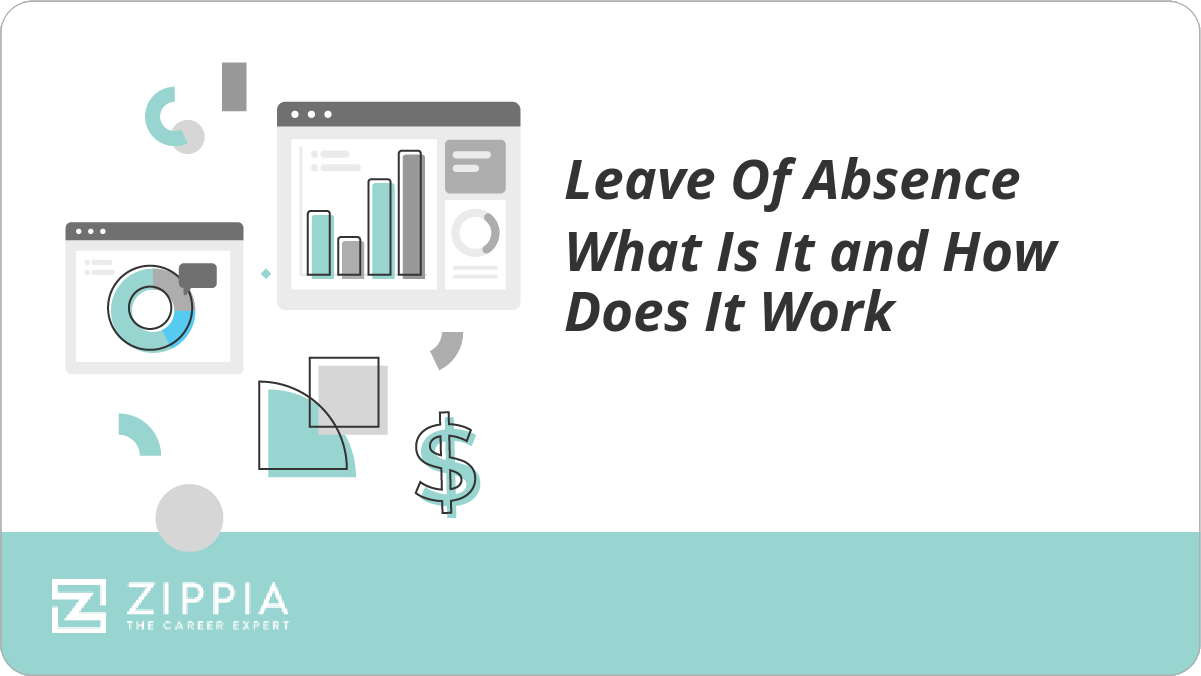- Determine Your Worth
- Average Salaries In The US
- What Is A Salary Range?
- What Is A Base Salary?
- What Is A Pay Grade?
- Average Salary Out Of College
- Your Salary History
- Competitive Pay
- Salary Vs. Hourly Pay
- What Is A Job Classification?
- How Many Hours Can A Teen Work?
- Average Work Hours Per Week
- What Is Annual Income
- Gross Salary
- How Many Hours Is Full Time
- How Many Work Hours In A Year
- Minimum Wage For Workers Who Receive Tips
- New York State Minimum Wage Rates
- Get A Raise
- Benefits
- Paid Time Off Policy (PTO)
- Leave of Absence Policy
- What Are Floating Holidays?
- What Are Employer-Paid Holidays?
- How Does Holiday Pay Work
- How Does A Stipend Work
- Cash a Paycheck Without a Bank Account
- What Is Compensatory Time?
- What's Unlimited Vacation?
- What Is A Commission?
- What Is A Mileage Deduction?
- Semimonthly Vs Biweekly Pay Schedules
- Flexible Spending Account
- Stock Options At Job
- Benefits Package
- Overtime Pay
- Workers Comp
- What Is Fmla
- Hazard Pay
- Tuition Reimbursement
- Discretionary Vs. Non-Discretionary Bonus
- What Are Union Benefits
- What Is An HRA Account
- What Is Cobra Insurance
- Negotiation
- What Exactly Is a Job Offer?
- How To Negotiate Salary
- Exempt Employee
- How To Answer Salary Requirements
- Employment History
- What Are Your Salary?
- Salary Counter Offer
- How To Answer Salary Expectations
- How Many Hours Is Part Time
- Signing Bonus
- Cost Of Living Adjustment
- How To Ask For A Salary Advance
- What Is Fair Labor Standards Act
Find a Job You Really Want In
When you receive a job offer, you might notice the term “paid time off” (PTO) in your list of benefits. Companies may provide these days in addition to vacation days, or they may only offer PTO. Days off always sound great, but it can be tricky to know what PTO actually means.
To help with this, we’ll explain what PTO is, its advantages and disadvantages, and some of the general laws and industry standards surrounding it.
Key Takeaways
-
PTO refers to the set number of hours or days where employees don’t do any work but still get paid as if they did.
-
Companies structure their PTO policies differently, but generally it can be designated for holidays, sick leave, personal days, floating holdiays, and other days employees don’t have to come into work.
-
PTO policies can raise morale by giving employees flexibility, independence, and a work-life balance.

What Is Paid Time Off (PTO)?
Paid time off refers to a period when an employee does not do any work but is still compensated for the day(s) as if they had worked. Many employees use PTO for vacations (if they aren’t given additional vacation days), personal time, parental leave, holidays, sick leave, and even mental health days.
While at work, employees will be able to “bank” a certain amount of hours. These hours will translate into the number of days they will receive as PTO. Employees will have the authority to use these days at their discretion.
Unlike some vacation time, a PTO does not require prior notification. For instance, you would not be able to predict when you are feeling unwell or mentally drained. These days can help you take the time you need to recuperate without taking away a day’s pay.
That being said, it’s always best to give as much notice as possible when you know you’ll be absent so that your coworkers can plan accordingly.
How Do PTO Policies Work?
PTO policies include:
-
Paid holidays
-
Floating holidays
-
Paid sick leave
-
Personal days
-
Any other day where an employee is paid without working
Often, an employee does not start at a company with any paid time off at all. Instead, they earn paid time off as they work. For example, an employee who receives 13 days of PTO each year will earn 1 day (8 hours) of PTO every 4 weeks (160 hours) of work.
Many companies will allow unspent PTO to roll over to the following year and even accrue beyond a full year’s worth of PTO days. To continue our example from above, if that employee went 18 months without taking a PTO day, they’d have 19 days saved up, and be halfway towards their 20th paid day off.
Companies may not be comfortable with infinite accrual of PTO days (eventually, an employee could get paid for a whole year off), so it’s common to set caps at around 1.5-3 years worth of PTO time in the bank.
Other companies combat this by giving all of their employees their PTO days as one lump sum at the beginning of the year which then doesn’t roll over to the next year. This way, employees don’t have to wait to accrue their PTO, and companies don’t have to worry about employees saving up an exorbitant number of days off.
When you leave a company, either because you quit or are terminated, the company must pay you for any unspent PTO days you’ve accrued. Technically, you could have been paid for taking those days off, so the cash equivalent of that time is still owed to you (another reason companies don’t want crazy amounts of PTO accrual).
One interesting policy that’s gaining traction is unlimited vacation policies or unlimited PTO. While these sound great in principle, the roll-over effect and cash-out upon termination don’t happen with these policies, so they might actually benefit employers more than their workers.
The Advantages and Disadvantages of PTO
An acceptable PTO policy can go a long way. Employees want to know that they are not just a pawn in the company. Offering them the opportunity to decide when they may take PTO shows them that they value the company. PTO allows an employee to take the time they need to gather their thoughts and helps prevent them from burning out quickly. Here is a list of advantages and disadvantages you will need to keep in mind when considering asking for PTO:
Advantages of PTO
-
PTO flexibility allows the employee to use the time to his or her discretion
-
Because employees are allowed to unwind, their productivity increases.
-
Some employees prefer to bank their hours and only save them for exceptional circumstances.
-
Usually, these hours go unused, saving the company thousands of dollars.
-
Giving an employee PTO builds trust between them and their employer.
-
Providing PTO helps encourage a diverse workforce, as it accomodates a wide variety of religious, cultural, and health needs.
-
Having PTO helps prevent ill employees from coming into the office to fear losing their job if they miss a day’s work.
-
Employees have more privacy since they don’t need to explain the reason why they’re taking time off.
Disadvantages of PTO
-
Employees might take advantage of the system by taking more time than they need.
-
Multiple employees might take PTO at the same time with little to no warning.
-
Employees with accrued PTO could potentially take weeks or even months off at a time.
-
It takes time to accumulate the hours you might need. Some companies might even give an employee 1½ days for every 30 workdays.
-
Companies may need to pay employees for a significant number of unused PTO days when they leave the company.
PTO Benefits for Employees
One of the most enticing things about PTO for an employee is that they give you the privacy you need. As an employee, you will not need to disclose why you will need the time off, whether for personal reasons or a mental health day.
Many employees find PTO attractive because they do not (typically) need to ask for permission to take these days. Unlike the traditions system, an employee would notify their supervisor when they plan to be absent as opposed to asking them. The need to ask can make an employee feel like a child asking a teacher permission to leave the room.
Keep in mind that many companies may require you to notify them at least two or more days prior if you plan to take PTO unless you have fallen ill. Be sure to check your company’s policy to see what applies to you.
PTO Benefits for Employers
An employer can use PTO as a way to keep their employees happy. Giving an employee the flexibility to use their days is a great way to show them that the company cares about them. This has proven to increase company morale and increase employee performance.
Surprisingly enough, it lowers absences within the office. People become more aware of the number of days they have and try to bank as many days as possible.
PTO Laws
One thing you should always keep in mind is that the law varies from state to state. Many states do not require a company to provide its employees with paid time off. This is something that is at the company’s discretion and is not enforceable by law.
Many companies will put a policy in place to provide their employees with PTO. Over the years, the PTO policies have changed and adapted better to serve both the employee and employer.
Changes to PTO Laws From 2017
In 2017, many states mandated that companies provide their employees with paid sick leave. Because of this employees can earn up to 40 hours of paid sick leave each year.
Another bill that came into effect this year was the Family Leave for Parental Involvement in Education Act, which has the same eligibility requirements as the FMLA.
This Family Leave for Parental Involvement in Education Act was created for those in the workforce who had children. The act allows them to have up to 8 hours every 30 days and up to 48 hours during any 12-month period. This act can be used to take care of a sick child, attend school functions, or do any other activity related to the child.
Lastly, President Obama signed an executive order back in 2015. This executive order known as Executive Order 13706, Establishing Paid Sick Leave for Federal Contractors (EO) did not go into effect until the year 2017. The EO requires federal contractors to provide their employees with up to seven days of PTO.
PTO Policy Average
In 2018 a study showed that the average amount of days an employee received for PTO ranged from 10 to 11 days per year. According to the U.S. Bureau of Labor Statistics, the number of days a worker is granted will slowly increase with the passing of time.
| Length of time in at a company | Average Number of Days |
|---|---|
| 1 year | 10-11 |
| 5 years | 15-16 |
| 10 years | 17-18 |
| 20 years | 20-22 |
Adapted graph using data from the U.S. Bureau of Labor Statistics.
PTO FAQ
-
What is the difference between vacation and PTO? The difference between vacation and PTO is that vacation is specific and PTO is general. All vacation time is PTO time, but not all PTO time is vacation time. You can take PTO for sick days, personal reasons, or anything else — it’s not limited to vacations.
-
How many days is 40 hours of PTO? 40 hours of PTO is 5 days of work, assuming you work 8-hour shifts. If you want to know how many days of PTO you have, simply divide the hours by however long your workday is (8 hours, for most people).
So 104 hours divided by 8 would be 13 days, for example. Read your contract to understand at what rate each hour of PTO is awarded to you.
-
Is PTO paid when you quit? Yes, PTO is paid when you quit. Regardless of the reason you’re separating from your company, they are contractually obligated to pay you for all accrued, unused PTO time that you’ve earned.
-
Are PTO cash-outs taxed? Yes, you will be taxed on the lump-sum payment you receive for unused PTO upon separation from your company. Under IRS rules, these payments are considered supplemental wages and will be taxed at a 25% rate. Note that the total tax rate for this may end up being adjusted when you file your taxes for the quarter or year.
-
Should I save my PTO?? Saving your PTO is beneficial because if you receive raises during your time with the company, you’ll be paid out for unused PTO days at your final (highest) pay rate.
Of course, if you need to use your PTO for something important or just need a day off, that’s what the policy is there for. You should never feel bad about using your PTO.
Final Thoughts
Before you go about accepting any job be sure to verify if PTO is something you will be able to request. As an employee, you are responsible for keeping track of your PTO and how you use it. Remember that not every company will allow you to roll over your hours into the next term. Nor are they required to liquidate those hours, should you choose to resign or retire.
As an employee, consider using PTO as a way to recruit new applicants. Employees want to feel that the company cares for them, offering them PTO is a great selling point.
- Determine Your Worth
- Average Salaries In The US
- What Is A Salary Range?
- What Is A Base Salary?
- What Is A Pay Grade?
- Average Salary Out Of College
- Your Salary History
- Competitive Pay
- Salary Vs. Hourly Pay
- What Is A Job Classification?
- How Many Hours Can A Teen Work?
- Average Work Hours Per Week
- What Is Annual Income
- Gross Salary
- How Many Hours Is Full Time
- How Many Work Hours In A Year
- Minimum Wage For Workers Who Receive Tips
- New York State Minimum Wage Rates
- Get A Raise
- Benefits
- Paid Time Off Policy (PTO)
- Leave of Absence Policy
- What Are Floating Holidays?
- What Are Employer-Paid Holidays?
- How Does Holiday Pay Work
- How Does A Stipend Work
- Cash a Paycheck Without a Bank Account
- What Is Compensatory Time?
- What's Unlimited Vacation?
- What Is A Commission?
- What Is A Mileage Deduction?
- Semimonthly Vs Biweekly Pay Schedules
- Flexible Spending Account
- Stock Options At Job
- Benefits Package
- Overtime Pay
- Workers Comp
- What Is Fmla
- Hazard Pay
- Tuition Reimbursement
- Discretionary Vs. Non-Discretionary Bonus
- What Are Union Benefits
- What Is An HRA Account
- What Is Cobra Insurance
- Negotiation
- What Exactly Is a Job Offer?
- How To Negotiate Salary
- Exempt Employee
- How To Answer Salary Requirements
- Employment History
- What Are Your Salary?
- Salary Counter Offer
- How To Answer Salary Expectations
- How Many Hours Is Part Time
- Signing Bonus
- Cost Of Living Adjustment
- How To Ask For A Salary Advance
- What Is Fair Labor Standards Act





